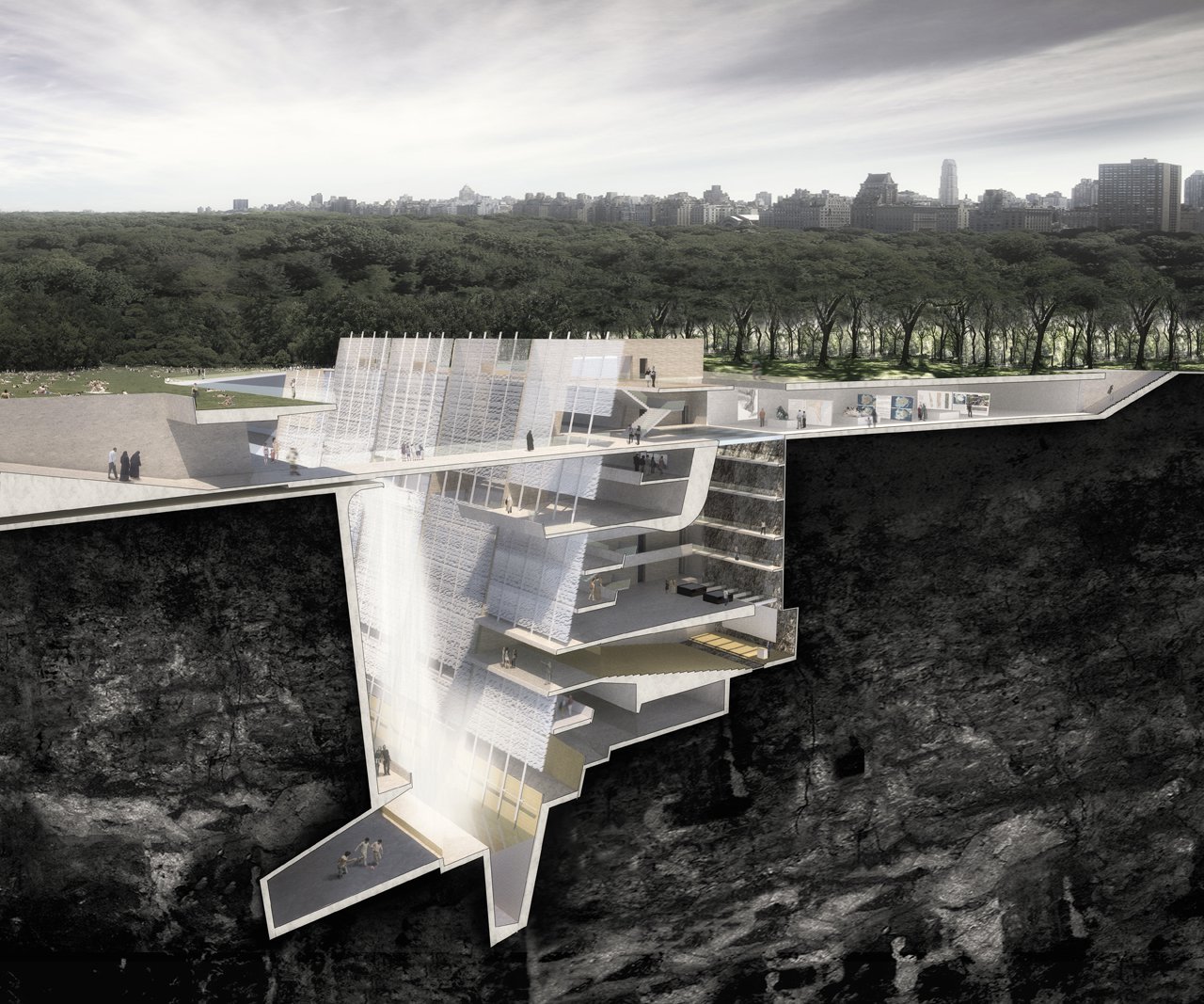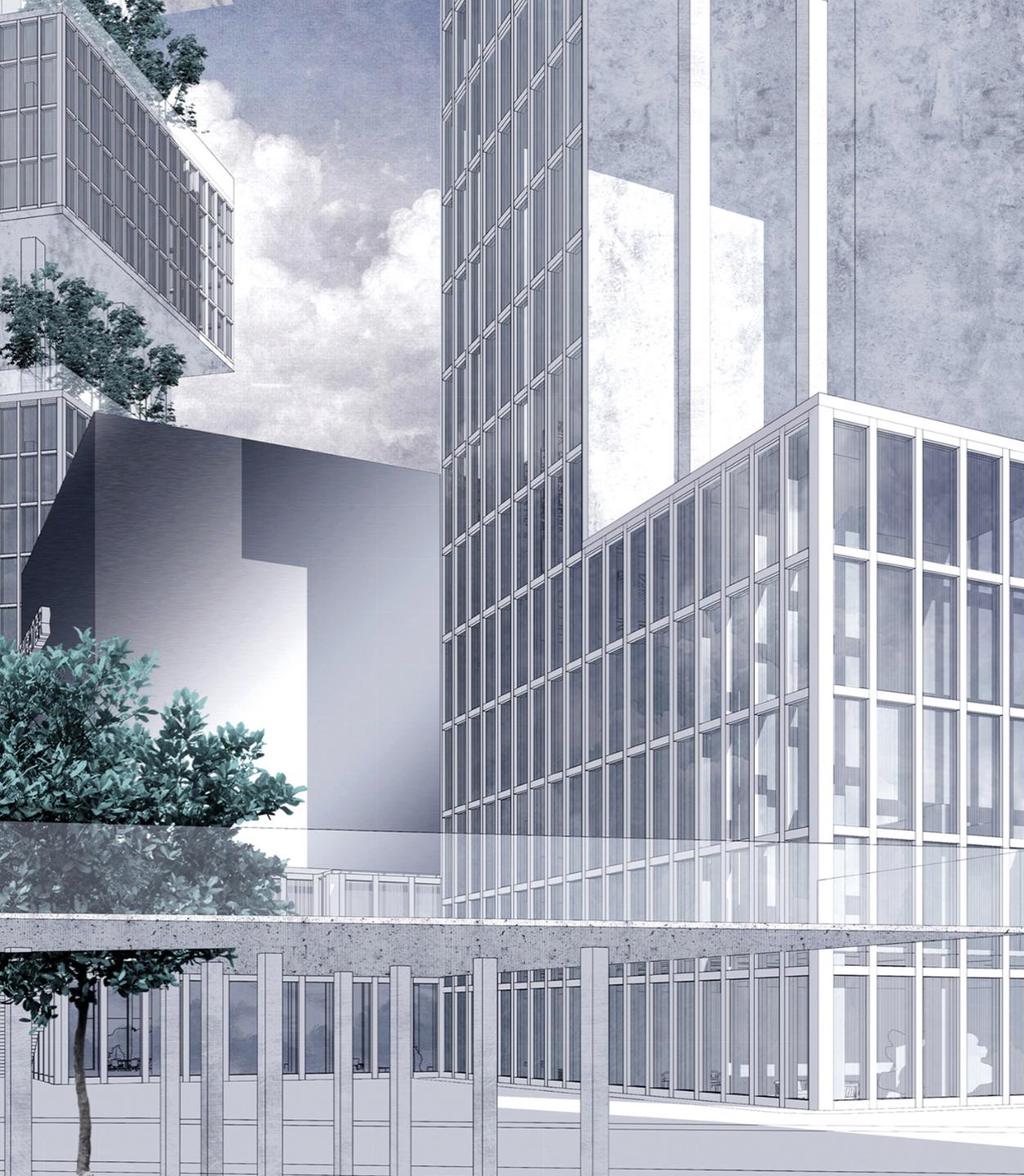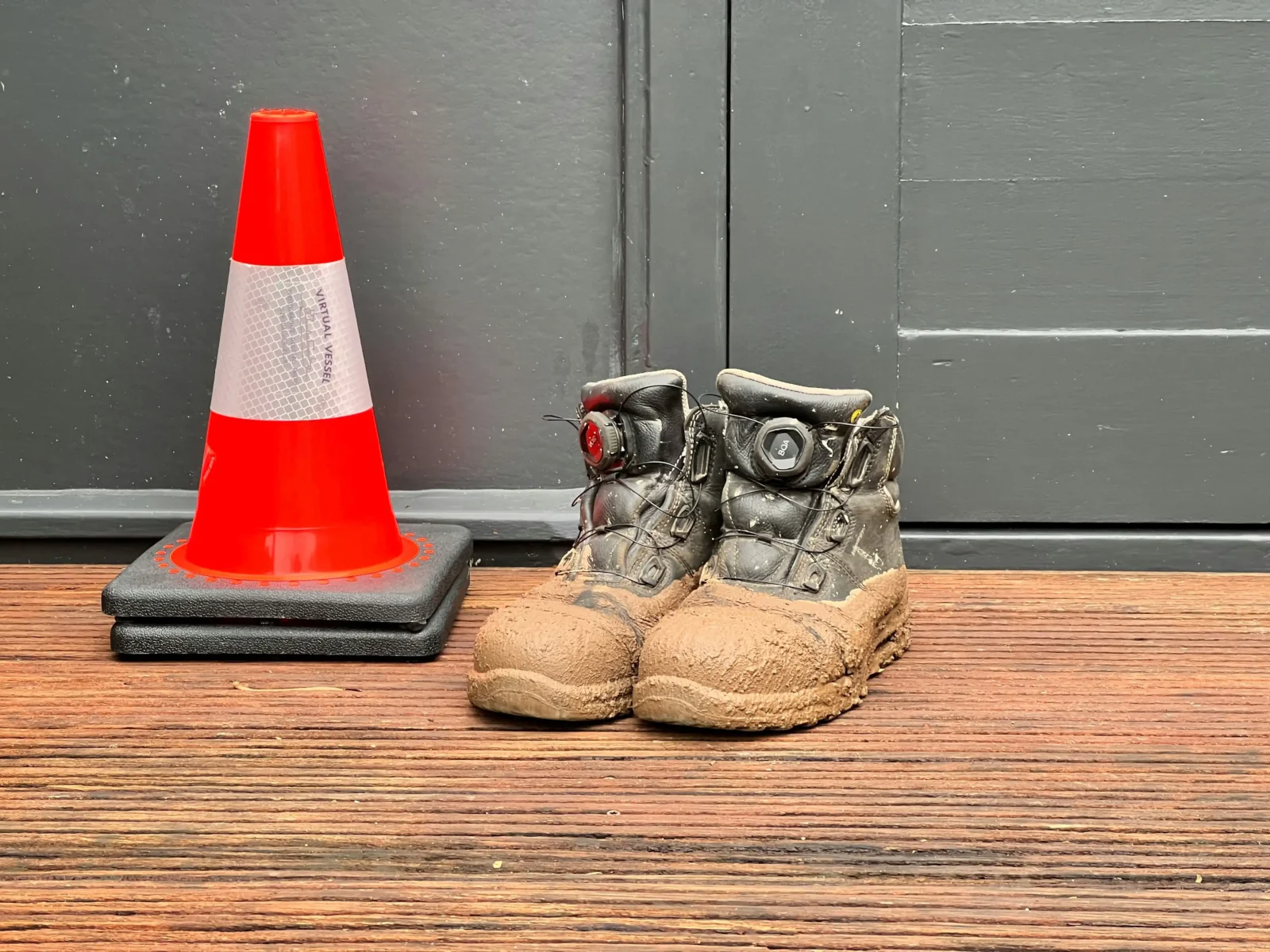- Home
- Articles
- Architectural Portfolio
- Architectral Presentation
- Inspirational Stories
- Architecture News
- Visualization
- BIM Industry
- Facade Design
- Parametric Design
- Career
- Landscape Architecture
- Construction
- Artificial Intelligence
- Sketching
- Design Softwares
- Diagrams
- Writing
- Architectural Tips
- Sustainability
- Courses
- Concept
- Technology
- History & Heritage
- Future of Architecture
- Guides & How-To
- Art & Culture
- Projects
- Interior Design
- Competitions
- Jobs
- Store
- Tools
- More
- Home
- Articles
- Architectural Portfolio
- Architectral Presentation
- Inspirational Stories
- Architecture News
- Visualization
- BIM Industry
- Facade Design
- Parametric Design
- Career
- Landscape Architecture
- Construction
- Artificial Intelligence
- Sketching
- Design Softwares
- Diagrams
- Writing
- Architectural Tips
- Sustainability
- Courses
- Concept
- Technology
- History & Heritage
- Future of Architecture
- Guides & How-To
- Art & Culture
- Projects
- Interior Design
- Competitions
- Jobs
- Store
- Tools
- More

The architecture of the 21st century is witnessing a subterranean renaissance. Far from being merely the stuff of dystopian fiction or fallout shelters, underground architecture has rapidly grown as a sustainable, efficient, and innovative solution to various challenges faced by modern society. But why is it gaining traction now, and what implications does this have for our future urban landscapes?
In a world where urban landscapes are ever-expanding upwards and outwards, there’s an emerging architectural movement taking an unexpected direction: downward. Underground architecture, as the term suggests, refers to structures and spaces designed and constructed beneath the earth’s surface. While subterranean designs might evoke images of bunkers or catacombs, the modern application is far more diverse and innovative. From eco-friendly homes that blend seamlessly into landscapes to sprawling underground malls and parks, this architectural approach combines sustainability, resilience, and creativity. This article will delve deep into the roots, reasons, and ramifications of underground architecture, exploring how it’s shaping the future of our built environment.
Table of Contents
Toggle1. Addressing Space Constraints
Over the past decades, cities around the world have grappled with overpopulation, limited land availability, and skyrocketing property prices. In places like Tokyo, Hong Kong, and New York City, the vertical skyline has already reached remarkable heights. However, the sky has its limits. Underground architecture offers an alternative solution, providing room to grow without expanding the city’s footprint.
2. Environmental Considerations
Subterranean structures naturally benefit from thermal mass, resulting in stable temperatures throughout the year. This reduces the need for heating in winter and cooling in summer, leading to decreased energy consumption and a diminished carbon footprint.
Moreover, building below the ground protects landscapes from overdevelopment, preserving green spaces and local biodiversity. Not only is this beneficial for the environment, but it also promotes mental well-being for city dwellers, who can enjoy more natural areas in their urban settings.
3. Enhancing Resilience
In an age of increasingly unpredictable climate events, underground structures present an opportunity to protect against natural disasters. Structures built beneath the surface are typically shielded from hurricanes, tornadoes, and other extreme weather events, making them inherently safer.
4. A Realm for Innovation
The challenges of underground construction – like limited natural light and concerns about air circulation – have sparked innovative solutions from architects and engineers. From skylights and light wells to advanced ventilation systems, the underground environment has become a breeding ground for cutting-edge design.
One notable example is the Lowline in New York City, an underground park concept that uses fiber optic cables to channel sunlight below the street level, transforming a forgotten trolley terminal into a lush green space.
5. Cultural and Historical Preservation
Building underground can help preserve the historic skylines and cultural heritages of cities. Instead of tearing down old structures, cities can maintain their historic charm while accommodating growth and modernization beneath the surface.

Challenges Ahead
While underground architecture offers numerous advantages, it’s not without challenges. Issues related to groundwater, soil stability, and the potential disruption to ecosystems need careful consideration. Additionally, there are psychological aspects to address; humans are inherently creatures of the sun and sky, and some may feel claustrophobic or disconnected in underground settings.
The emergence of underground architecture is not just a trend but a response to the pressing challenges of our times. As we move forward, the blend of above and below ground structures could redefine urban landscapes, striking a balance between the need for expansion and the desire to preserve our environment and heritage. This architectural frontier, although challenging, holds the promise of shaping a resilient, sustainable, and innovative urban future.
Examples
- Sedlec Ossuary, Czech Republic: While not a modern example, this small chapel located beneath the Cemetery Church of All Saints in Sedlec, Kutná Hora, is an impressive display of underground design. It’s famously adorned with the bones of an estimated 40,000 people, arranged artistically.
- The Lowline, New York City, USA: A proposed underground park in the Lower East Side of Manhattan, the Lowline aims to utilize innovative solar technology to illuminate an historic trolley terminal, transforming it into a lush subterranean space.
- Sala Silvermine, Sweden: Once a silver mine, this location now boasts one of the world’s deepest hotels, located 155 meters below ground. Its underground suite provides guests with a unique lodging experience in an otherworldly environment.

Credit: Kutna Hora Bone Church (Sedlec Ossuary) How To Visit 2023 (delveintoeurope.com)
1 Comment
Submit your architectural projects
Follow these steps for submission your project. Submission FormLatest Posts
Understanding Site Safety Footwear in Architectural Practice
Architecture is often discussed through drawings, models, and finished buildings, yet a...
General Arrangement Drawings in Architecture: The Backbone of Clear Design Communication
General Arrangement Drawings explained: what they are, when to use them, how...
The Ultimate Guide to Fencing in North Dakota: Choosing the Best Fence for Your Property
Watching a chain link fence twist in 70 mph winds near Minot...
Gaudí: Where Architecture Meets Science
Gaudí: Where Architecture Meets Science shows catenary arches, ruled surfaces, and biomimicry...












This would be a facinating Lecture for one of The Arts Society Lectures